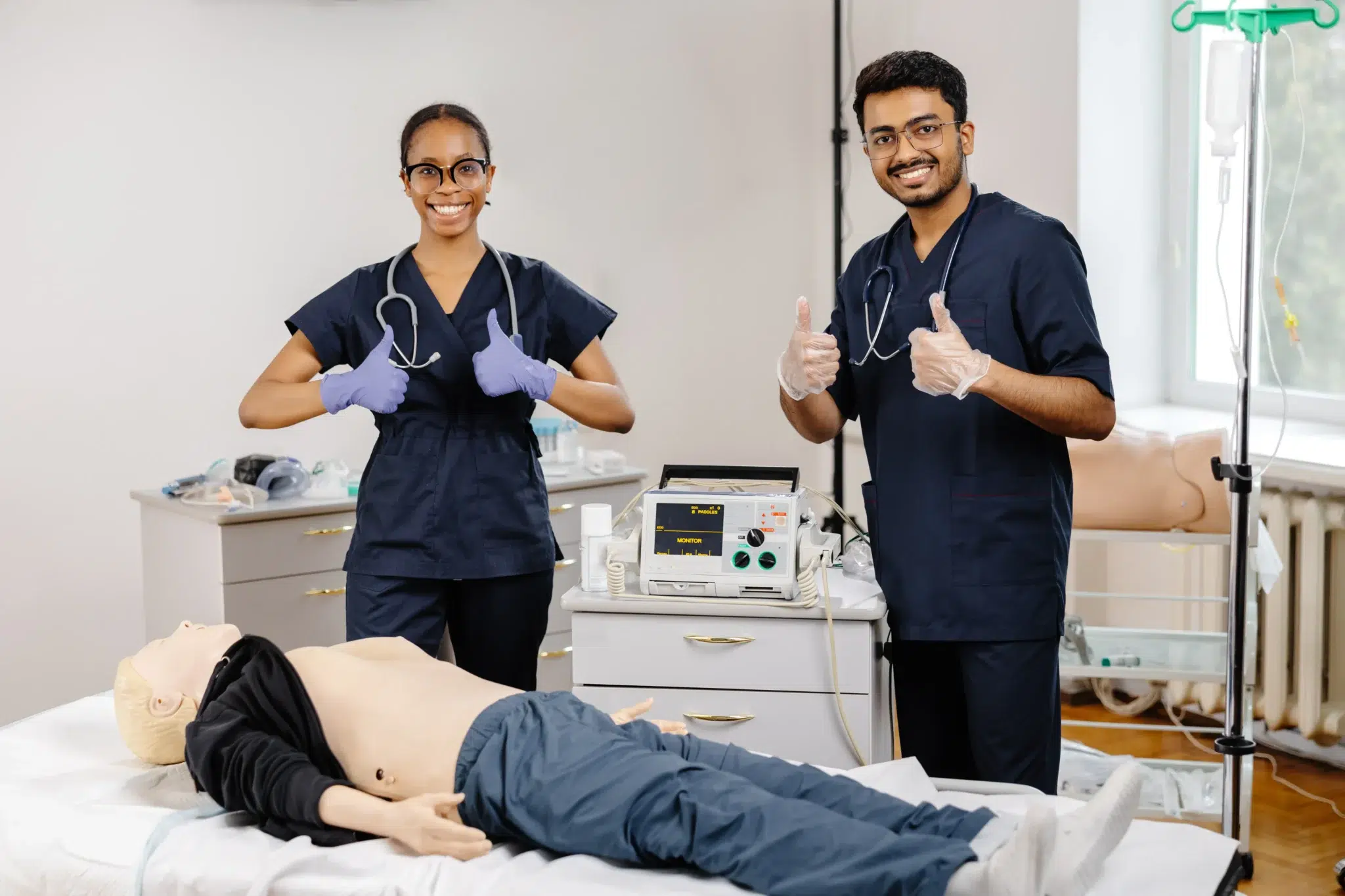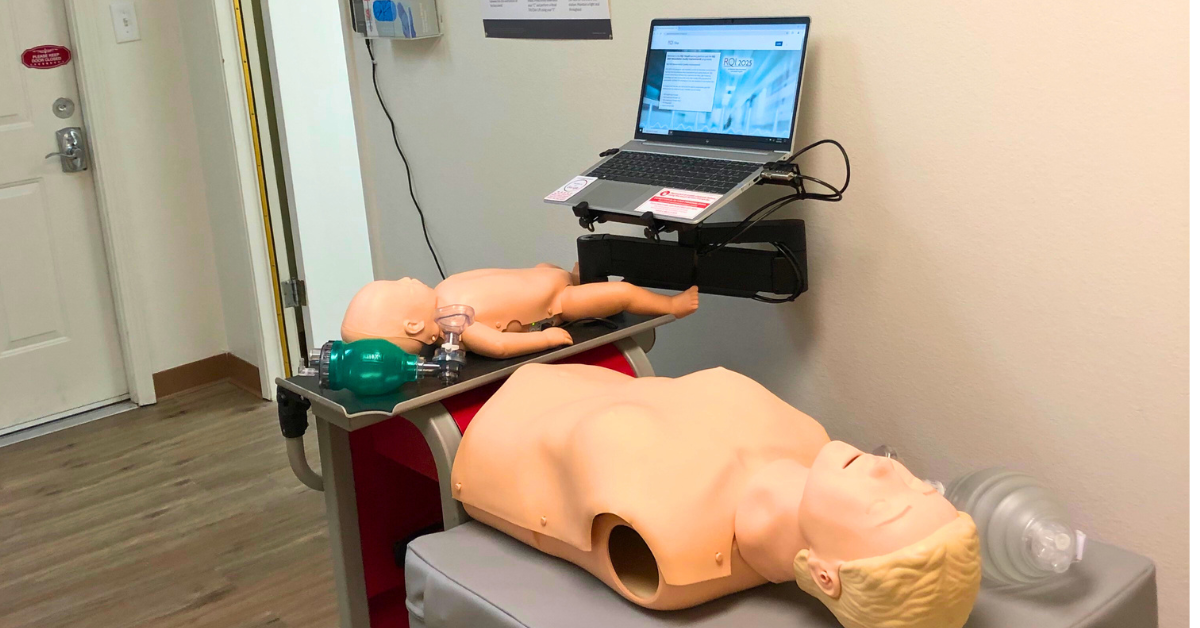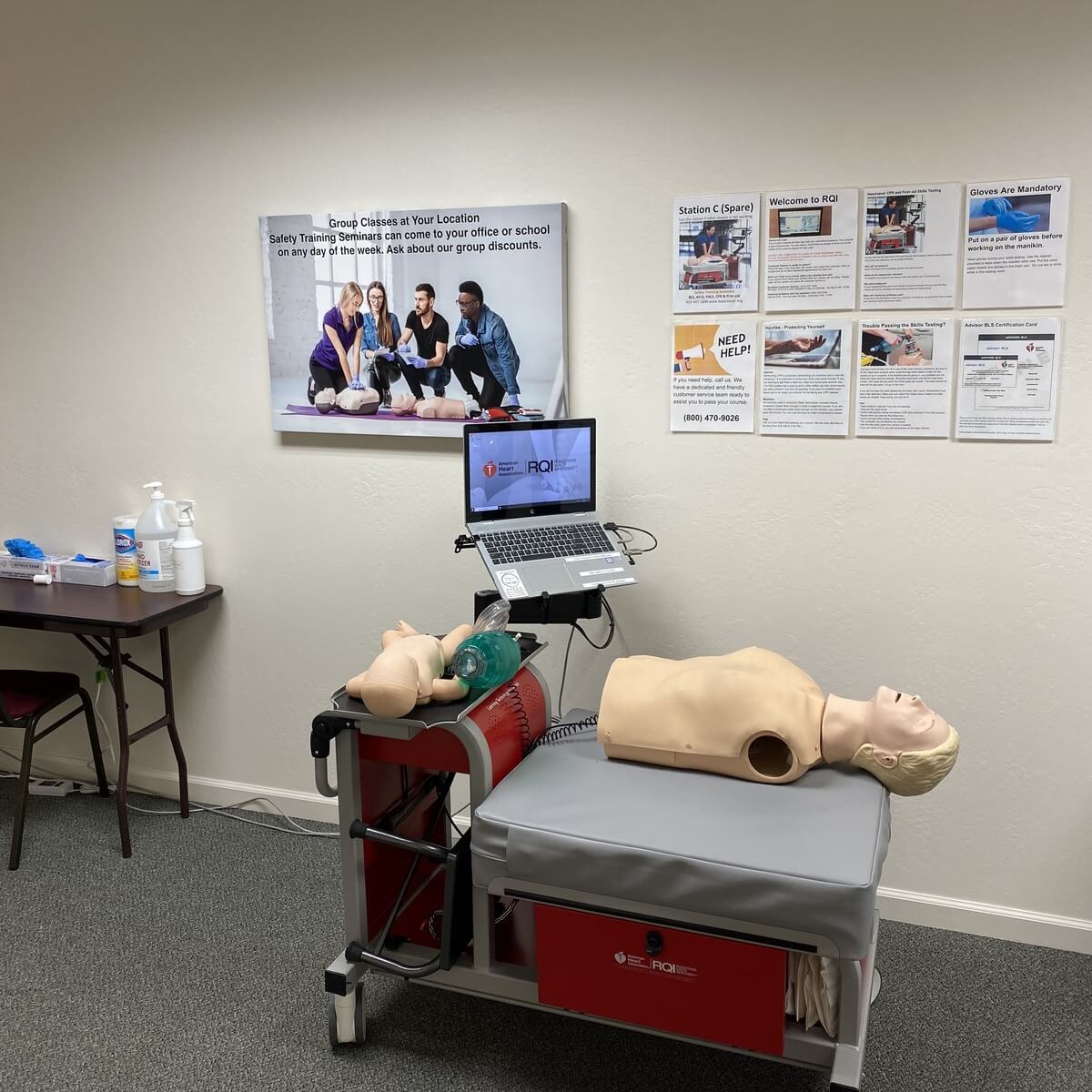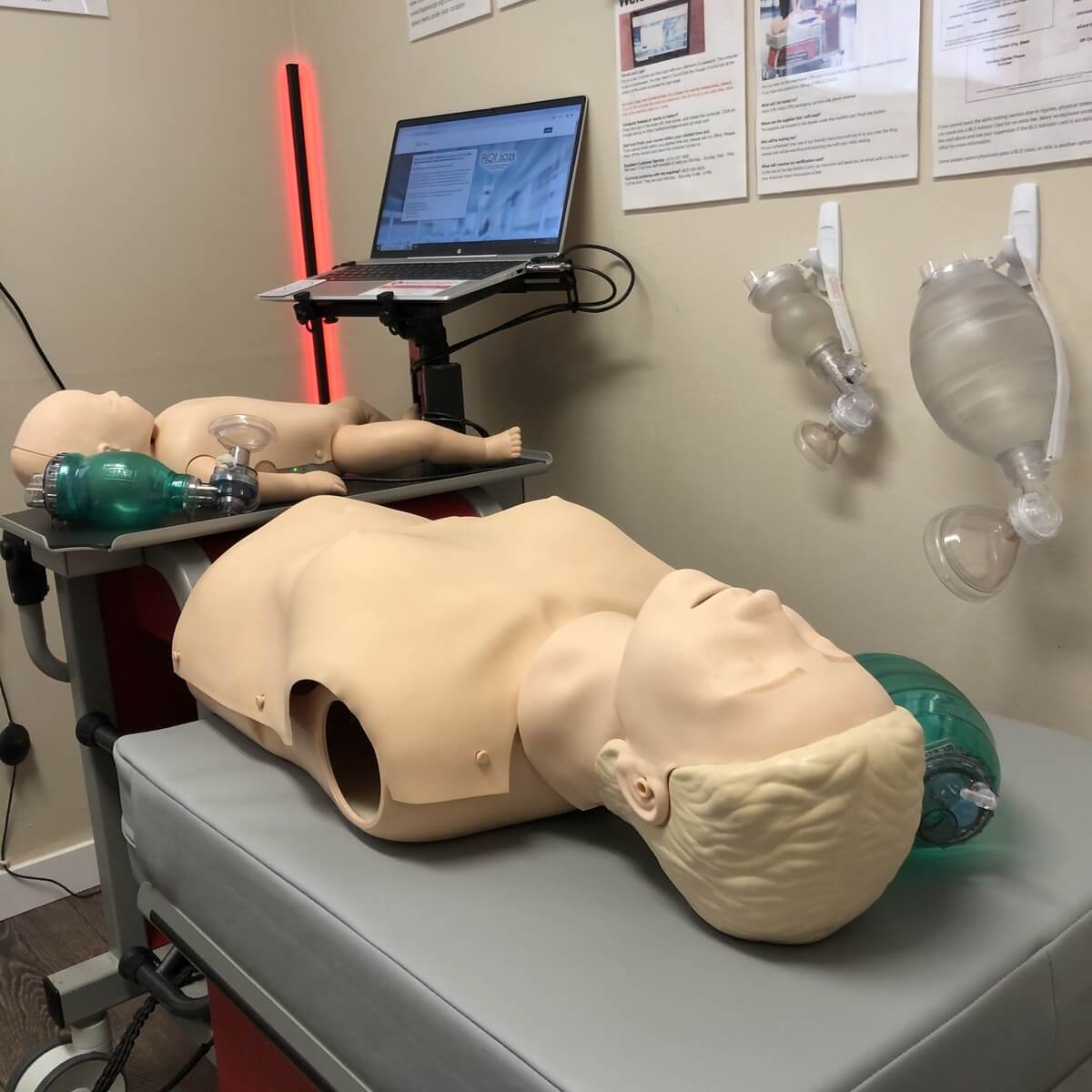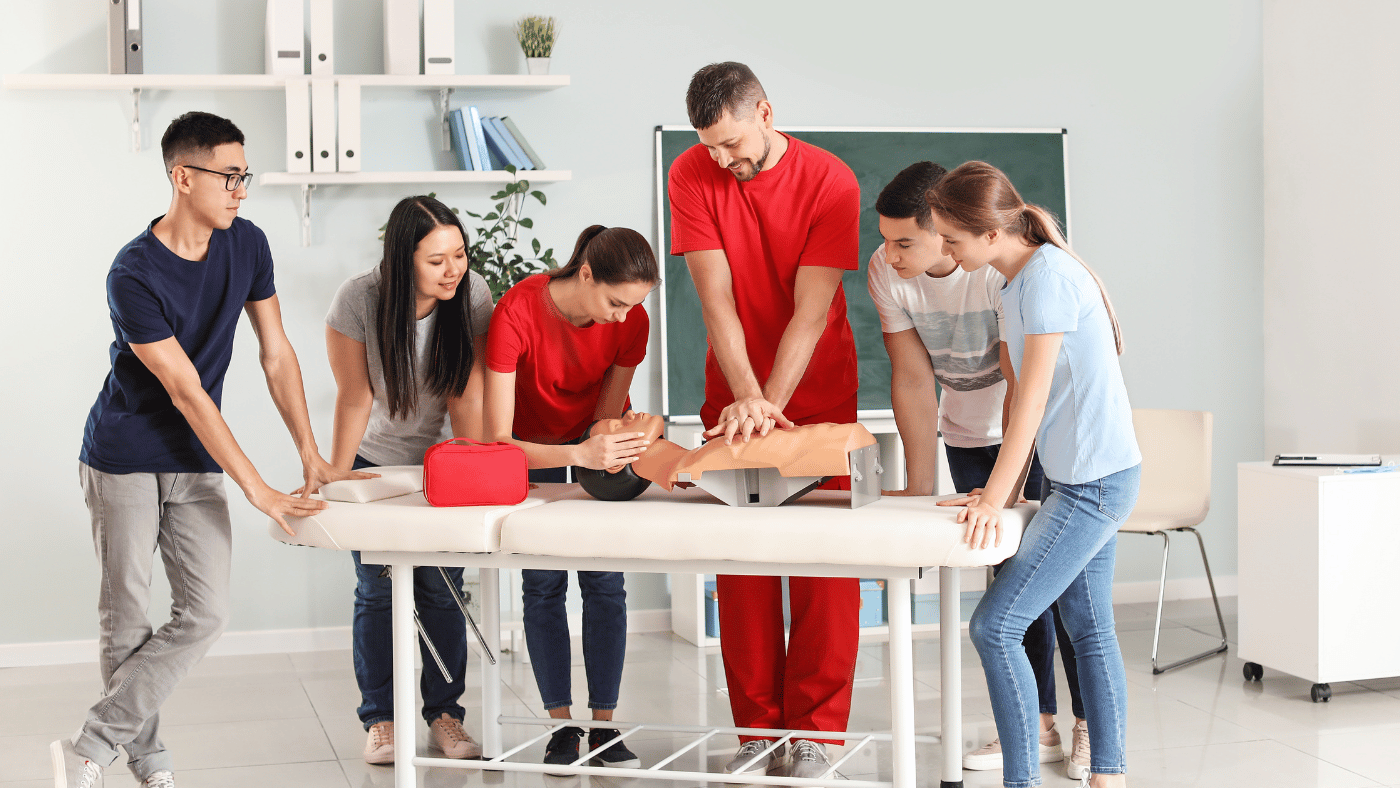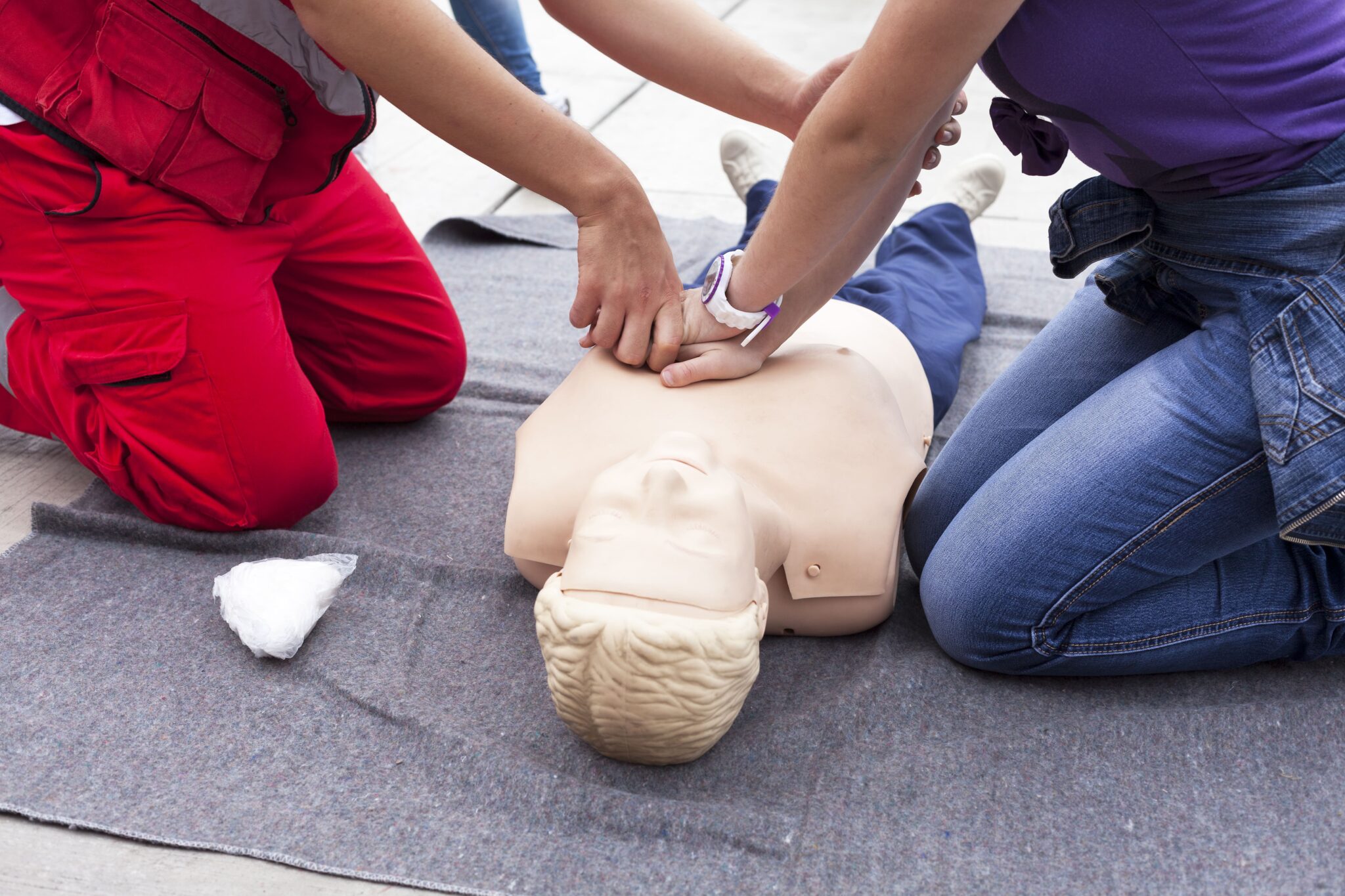Cardiopulmonary resuscitation, commonly known as CPR, is a life-saving technique that is crucial in emergencies such as sudden cardiac arrest, near-drowning, or other instances where someone’s breathing or heartbeat has stopped. Whether you’re a healthcare provider, a teacher, a parent, or simply a concerned citizen, learning CPR equips you with the confidence and skills to potentially save lives.
Why Getting CPR Certified Is Essential
Before diving into where to get CPR certified, it’s important to understand the value of certification. CPR can double or even triple the chances of survival after cardiac arrest. Immediate CPR can be the deciding factor between life and death, especially in the crucial minutes before emergency responders arrive.
CPR certification provides:
- Hands-on training for real-world emergencies.
- Confidence to act quickly and correctly under pressure.
- Credibility and sometimes job requirements for many professions.
- Community safety, empowering more people to assist in public emergencies.
Different Types of CPR Certifications
Depending on your personal or professional goals, different types of CPR certifications may be more suitable. Here are the most common courses offered:
1. Basic CPR/AED for the General Public
This course teaches lay responders how to perform CPR and use an automated external defibrillator (AED). It covers adult, child, and infant CPR and is perfect for parents, babysitters, and anyone interested in first aid.
2. BLS (Basic Life Support) for Healthcare Providers
BLS certification is designed for nurses, doctors, EMTs, and other medical professionals. This advanced course teaches high-quality chest compressions, the use of a bag-mask device, and team-based resuscitation practices.
3. ACLS (Advanced Cardiovascular Life Support)
ACLS builds on BLS skills and includes advanced interventions such as managing cardiac arrhythmias, administering drugs, and reading ECGs. It’s typically required for emergency and critical care professionals.
4. PALS (Pediatric Advanced Life Support)
PALS focuses on saving infants and children in life-threatening situations. It’s essential for healthcare workers in pediatrics, emergency medicine, and intensive care units.
What to Look for in a CPR Certification Program
When researching where to get CPR certified, there are a few critical factors to keep in mind to ensure you’re receiving high-quality, recognized training:
1. Accreditation
Choose programs approved by reputable organizations such as the American Heart Association (AHA). AHA certifications are universally recognized and often required by employers in healthcare and education.
2. Experienced Instructors
Courses led by certified instructors with real-world experience ensure you’re learning accurate, up-to-date procedures.
3. Hands-On Practice
The best courses include in-person components where you can physically practice compressions, ventilations, and AED use.
4. Flexible Scheduling
Look for providers that offer classes in the evenings and weekends to accommodate working professionals and busy schedules.
5. Convenient Locations
If the training center is nearby, you’re more likely to attend and complete the course without hassle.
6. Affordable Pricing
Cost shouldn’t be a barrier to learning life-saving skills. Providers that offer a low-price guarantee make certification more accessible to all.
Where to Get CPR Certified: Common Training Locations
Now that you know what to look for, let’s explore the most common places where you can get CPR certified:
1. Local Hospitals and Medical Centers
Many hospitals offer CPR classes to the public, especially BLS or ACLS courses for healthcare workers. However, these classes may be limited to certain days or require early registration.
2. Fire Departments
Some fire departments run CPR certification programs, often taught by firefighters or paramedics. These classes can be high-quality but are usually scheduled infrequently and may fill up quickly.
3. Community Colleges
Colleges and adult education programs frequently offer CPR and first aid training. While thorough, these courses may be semester-based and less flexible for people with unpredictable schedules.
4. American Red Cross
The Red Cross offers nationally recognized CPR training. They provide online, in-person, and hybrid options. While comprehensive, availability may be limited depending on your region.
5. Online CPR Certification
Some organizations offer online-only certification. While convenient, many employers do not accept fully online CPR certifications, especially those not backed by the AHA or similar bodies. Be cautious of providers who promise certification without hands-on practice.
6. Private Training Centers
Private companies specializing in CPR and first aid training—like Safety Training Seminars—offer AHA-approved, budget-friendly courses with a focus on convenience, quality, and accessibility.
Why Safety Training Seminars is a Top Choice in Northern California
If you’re based in Northern California, or even San Jose, and wondering where to get CPR certified, Safety Training Seminars stands out as a top-tier provider.
A Legacy of Excellence
Safety Training Seminars is a woman-owned business that has been serving the community with integrity, expertise, and compassion. Our mission is simple: to make life-saving training accessible, affordable, and effective.
Over 65 Convenient Locations
With more than 65 locations across Northern California—including San Francisco, Oakland, San Jose, Sacramento, and beyond—there’s a class near you no matter where you live or work.
Courses Available Every Day—Even Weekends
Unlike many providers that limit availability, Safety Training Seminars offers classes every single day of the week. That means you can train on Saturdays and Sundays, early mornings, or after work. This flexibility makes it easier than ever to get certified without disrupting your schedule.
American Heart Association Certification
All courses are certified by the American Heart Association, ensuring your certification is widely recognized and meets industry standards. Whether you’re looking for CPR, BLS, ACLS, or PALS, you’ll leave with the credentials that matter.
Low Price Guarantee
Cost shouldn’t prevent anyone from learning to save lives. Safety Training Seminars offers a low-price guarantee, making professional CPR certification affordable without compromising quality.
Modern Equipment & Engaging Instruction
Our training centers use the latest technology, manikins, and AED trainers. Instructors are friendly, knowledgeable, and skilled at teaching people of all backgrounds—from first timers to medical professionals.
Who Should Get CPR Certified?
You don’t need to be a doctor to benefit from CPR training. In fact, everyone can play a role in emergency preparedness. Here’s a quick list of people who should consider getting CPR certified:
- Parents & Caregivers
- Teachers & School Staff
- Coaches & Fitness Instructors
- Construction & Factory Workers
- Security & Law Enforcement Officers
- Healthcare Students & Professionals
- Lifeguards & Swim Instructors
- Volunteers & Community Leaders
Even if your employer does not require it, CPR knowledge makes you a valuable asset at work, at home, and in public spaces.
What to Expect During Your CPR Certification Course
While each course varies depending on the level (basic, BLS, ACLS, PALS), here’s what you can typically expect:
- Hands-on training with CPR manikins.
- Step-by-step instruction on chest compressions, rescue breathing, and AED usage.
- Simulations of real-life scenarios to test your reactions.
- Written exam and practical assessment to ensure competence.
- Same-day certification card (depending on provider and course type).
At Safety Training Seminars, you’ll receive comprehensive training in a supportive environment and walk out fully certified the same day.
Continuing Education and Recertification
CPR certification isn’t permanent. Most certifications—especially those through the American Heart Association—are valid for two years. It’s essential to renew your certification before it expires to stay current with the latest guidelines and retain your credentials for work.
Many employers require proof of active certification, and your skills can fade over time without practice. Regular refresher courses help you retain your knowledge and confidence.
Ready to Get CPR Certified?
Knowing where to get CPR certified is the first step. Choosing the right training provider can make all the difference in the quality of education, convenience, and overall experience.
If you’re in Northern California and want the best CPR training from a provider you can trust, look no further than Safety Training Seminars.
✅ Over 65 locations across Northern California
✅ Classes every day of the week—including weekends
✅ American Heart Association-certified instructors
✅ CPR, BLS, ACLS & PALS courses
✅ Low price guarantee for unbeatable value
✅ Flexible scheduling for busy lifestyles
Don’t wait until it’s too late. Equip yourself with the skills to save lives. Visit Safety Training Seminars today to find a location near you and register for your CPR certification course. Your training could make the difference when every second counts.


